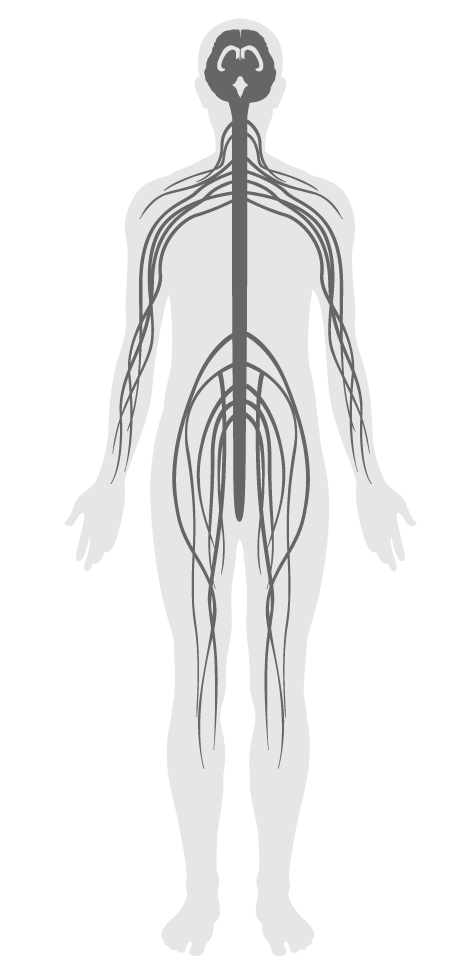Biophilia I - qualitative
- 84 Health and wellness awareness
- 85 Integrative design
- 86 Post-occupancy surveys
- 87 Beauty and design I
- 88 Biophilia I - qualitative
- 89 Adaptable spaces
- 90 Healthy sleep policy
- 91 Business travel
- 92 Building health policy
- 93 Workplace family support
- 94 Self-monitoring
- 95 Stress and addiction treatment
- 96 Altruism
- 97 Material transparency
- 98 Organizational transparency
- 99 Beauty and design II
- 100 Biophilia II - quantitative
- P5 Health through housing equity
- P6 Education space provisions
Biophilia I - qualitative
To nurture the innate human-nature connection within the project.
BACKGROUND
Until relatively recently in human history, people had constant interaction with living things and their natural surroundings. Biophilia, or the idea that humans have an affinity towards the natural world, is an emerging field that aims to address our psychological need to be around life and life-like processes. Exposure to views and images of nature can help to speed up healing and recovery time, boost positive feelings and reduce negative ones. Interior environments that are cold, sterile and devoid of life, on the other hand, can diminish our experience, mood and happiness. Modeled after the Living Building Challenge, the biophilia requirements involve conducting historical, cultural, ecological and climatic studies to inform biophilic elements and creating a biophilic framework that tracks biophilia at each design phase of the project.

